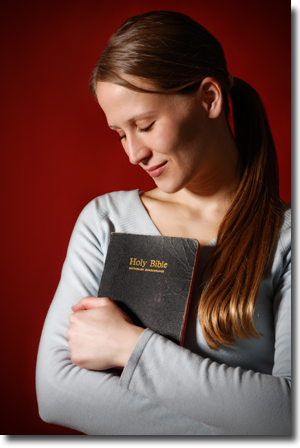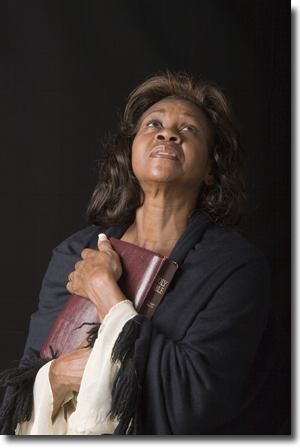- Details
- Written by: Dr. Steve Wittmann
- Category: VID - Homiletics - The Art of Preaching
- Hits: 1399
Homiletics - The Art of Preaching - Lesson 02
by Dr. Ray Self
The Types of Sermons
Click the play button to begin video lesson and follow along with the class notes below the video window. When you complete this video, click the "Lesson Assignment" button at the bottom of this page to open the lesson assignment.
This lesson concerns the four primary types of sermons. It is important for the speaker to determine what type of message will work best for their audience. Each type of sermon has its advantages and disadvantages. Most preachers tend to specialize in one sermon type. It is however important for a student of the word to be familiar with all four types of sermons. God has a message for each particular audience and you can be the vehicle of that message. By understanding different sermon types you can be more effective in customizing your message for your listeners.
Topical Sermons
- The sermon is based on a particular topic (deliverance, love, forgiveness, giving, marriage, salvation, etc).
- The preacher will support his or her topic by referencing a number of scriptures from several books of the Bible.
- A case is built to convince the listener of his point by drawing from various scriptures.
- This method requires a lot of integrity from the preacher to be assured of not taking and using scriptures out of context.
- By cutting and pasting scriptures from various books of the Bible the speaker can manipulate the bible to make it agree with his or her point.
Textual Sermons
- The preacher reads a passage of scripture and draws a lesson from the text.
- Normally one or two verses are emphasized out of the text.
- The preacher may use several supporting scriptures from other areas of the Bible.
- Many times the preacher draws practical application from the text.
- For example – the preacher may read all of Psalms 23 but focus on the meaning of "still waters."
Expository Sermons
- A passage of scripture is preached verse by verse.
- The preacher may read the entire passage and then go back and preach on it or the preacher may read one verse then preach on it and the next verse and preach on it etc.
- This is a very effective form of preaching because the word in context has something for everybody.
- The preacher searches for revelation, illumination and application from each verse.
- Warning, illumination, and revelation are not addition to scripture.
- Normally this can be anywhere from several verses to an entire chapter.
Types and Shadows Sermons
The preacher uses the symbols of the Bible for his message.
For example -
- Moses - a symbol of Christ the deliverer
- Joseph - a symbol of Christ the provider
- The sacrificial land - a symbol of the crucifixion
- The Holy of Holies - a symbol of the presence of God in the believer
- The veil being rent - representing our right to enter into His presence
- Desert wanderings - representing our times of transition and equipping
- The Promised Land - representing all that God has for us in Christ
- David and Goliath – overcoming obstacles
- Nehemiah and the broken walls of Jerusalem – healing the broken hearted
- And hundreds more
Study Questions:
- Explain what a topic sermon is and give pros and cons. Why is integrity especially important with a topical sermon?
- Explain the term “textual sermon.”
- What is an expository sermon? Why is particularly effective.
- What is a type and shadow sermon? Give examples that are not listed in your Dr. Self’s class notes.






